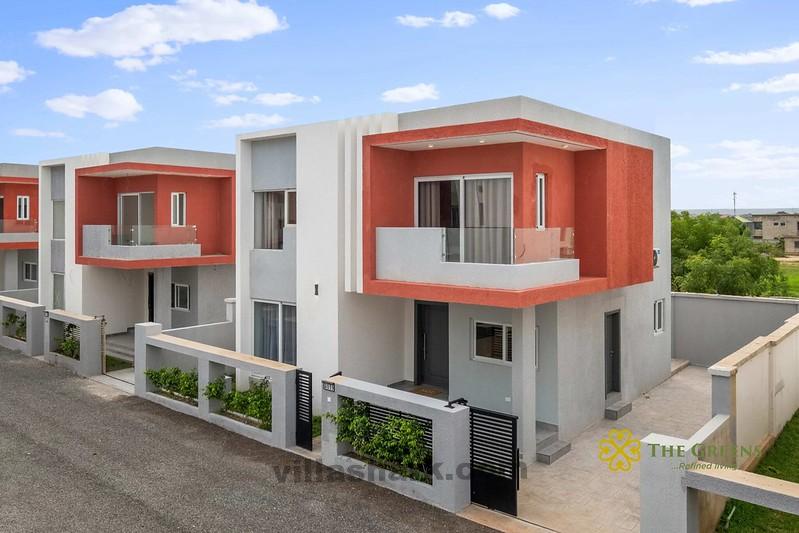1
General Discussion / Leasehold Assets: Types, Examples And FAQ
« on: June 13, 2025, 06:52:04 AM »Understanding Leaseholds

Leasehold Assets: Types, Examples and FAQ

Investopedia/ Crea Taylor
What Is a Leasehold?
A leasehold is an accounting term for a property being leased. The property is typically residential or commercial property such as a building or area in a structure. The lessee contracts with the lessor for the right to use the residential or commercial property in exchange for a series of arranged payments over the term of the lease. Renting space in an office complex for a business's usage or leasing a building to be utilized for a retailer are two examples of a commercial leasehold plan.
- A leasehold is an accounting term that refers to a possession or residential or commercial property that a lessee (occupant) contracts to rent from a lessor (residential or commercial property owner) for an agreed-upon time in exchange for arranged payments.
- Owners of retail stores typically utilize leasehold arrangements for their organizations rather than constructing their own structures.
- The leasehold agreement for commercial residential or commercial properties can be complex contracts that stipulate such things as the payment structure, breach of agreement provisions, and leasehold improvement stipulations.
- The agreement will state which celebration is accountable for making leasehold improvements, which may include such things as structure walls and partitions, including lighting fixtures, or constructing racks.
- The IRS does not allow leasehold enhancements to be deducted. However, the enhancements undergo depreciation.
Understanding Leaseholds
A leasehold agreement will specify the regards to the agreement between the lessee (tenant) and the lessor (residential or commercial property owner or proprietor). The contracts for industrial properties-such as area in a workplace building-are usually complex contracts that stipulate landlord responsibilities, renter responsibilities, down payment, breach of contract clauses, and leasehold enhancement clauses. Larger occupants might be able to request more favorable terms in exchange for renting more space for a longer time. Leases for commercial residential or commercial properties normally run from one to 10 years.
Types of Leaseholds
There are different types of leaseholds, including tenancy for many years, regular tenancy, occupancy at sufferance, and occupancy at will. Tenancy for many years
A tenancy for several years is a kind of contract in which the details are spelled out, including the duration of time a renter will live in the residential or commercial property and the payment that is anticipated. The agreement could last for days or years, but is defined by a specific starting and ending date. Periodic Tenancy
With a regular occupancy, the tenant's time in the residential or commercial property is contracted for a non-specified period of time, without any agreed-upon expiration date. The terms of the leasing were initially defined for a specific amount of time, but completion date continues up until the owner or tenant provides a notice to terminate. For example, an annual agreement may end, but then evolve into a month-to-month contract, in which only one month's notification is required to terminate. Tenancy at Sufferance
A tenancy at sufferance is when the renter's occupant has expired, however the renter refuses to leave the residential or commercial property, and is for that reason staying without the owner's approval. Typically, this results in the owner instigating expulsion procedures. However, if the proprietor accepts a lease payment after the lease has expired, the residential or commercial property is considered to be rented once again on a month-to-month basis. Tenancy at Will
A tenancy-at-will is a kind of leasehold that can be ended at any time by either the owner/landlord or the renter. The plan does not include the signing of a contract or lease and usually does not define the length of time a renter will utilize the rental or any specifics about payment. The arrangement is governed under state law, with differing terms based on the state. Federal law is applicable in cases of discrimination. Leasehold Improvements After a lease arrangement has actually been
settled, the lessee, or occupant, starts to build out the area for its functions to the degree permitted by the contract. Deal with walls, ceilings, floor space, light, extra pipes fixtures, shelving, and cabinets represent leasehold improvements that are taped as set assets on a business's balance sheet.
Depending on the agreement, leasehold improvements might be spent for by the occupant, the landlord, or a mix of both. Some property managers may agree to pay for leasehold enhancements in order to entice a brand-new tenant to sign a lease. However, when demand is high for a structure or office space, the property owner may not want to incur the extra expense for leasehold improvements. Leasehold enhancements that are permanently attached to the structure typically stay the residential or commercial property of the property owner even after the lease ends.
Leasehold enhancements are made to the interior of a structure; modifications made to the outside of a building are not thought about leasehold improvements.
Example of a Leasehold
Leaseholds are most common for brick-and-mortar sellers. Best Buy Co., Inc. is an example. The company rents a majority of its structures and makes leasehold enhancements that match its standardized interior practical and aesthetic design. The majority of the business's leases include renewal options and escalation provisions, along with contingent rents based upon specified percentages of earnings, which is a common clause in lease agreements for retailers.
Rent expenditure is acknowledged on a straight-line basis to the end of the preliminary lease term, and any difference in between straight-line expenditure amounts and rent payable is reserved as postponed lease. For some merchants, leasehold improvements are a substantial portion of gross residential or commercial property and devices expenditures.
Leasehold Interest
A leasehold interest is a contract in which an individual or entity, or in real estate terms, a lessee, rents a parcel from an owner or lessor for a set period of time. The lessee has the exclusive rights to possess and use as a possession or residential or commercial property for the specified period of time. There are 4 types of leasehold interests, as pointed out above: occupancy for years, regular tenancy, tenancy at sufferance, and tenancy-at-will.
Leasehold interest most often refers to a ground lease and tends to for that reason last for several years. For instance, a specific may rent a lot from an owner for 40 years and pick to construct a residential or commercial property on the grounds. That individual might then rent the residential or commercial property and earn rental income, however still needs to pay the owner for the right to utilize the lot.
A leasehold interest varies from a freehold interest, or cost simple interest, in which an individual or entity has total ownership over the land or residential or commercial property and can use it in whatever way they choose.
Leasehold FAQs
What Is a Leasehold Estate?
A leasehold estate is an arrangement that a renter can use an owner's residential or commercial property for a set time period. The estates are frequently backed up by agreements or lease agreements that lay out the duration of the rental, the terms of usage, the payment required, and the property owner's obligations to the renter.
How Do You Depreciate Leasehold Improvements?
The IRS does not permit leasehold improvements to be deducted. However, considering that improvements belong to the building, they are subject to depreciation. Leasehold enhancement devaluation ought to follow a 15-year schedule that has to be re-evaluated each year based on its helpful economic life.
Which Type of Leasehold Has a Certain Beginning and Ending Date?
A tenancy for many years, in which the contract is specified, including a clear start and ending date.
A leasehold is a possession being leased, such as a building or unit in a building. A tenant makes an agreement with the owner or property owner to use the residential or commercial property in concern, in exchange for a series of payments over the period of the lease. A business leasehold involves renting space for the purpose of running a shop, physician's office or other company, and a property leasehold is for a residential or commercial property to be occupied for personal usage.
Cornell Law School Legal Information Institute. "Landlord-Tenant Law." Accessed April 10, 2021.
Legal Information Institute. "Tenancy for Years." Accessed March 10, 2021.
Legal Information Institute. "Periodic Tenancy." Accessed April 10, 2021.
Legal Dictionary. "Tenancy at Sufferance." Accessed April 10, 2021.
Legal Information Institute. "Tenancy at Will." Accessed April 10, 2021.
MassLegalHelp.org. "Chapter 4: What Kind of Tenancy Do You Have?" Page 63. Accessed April 10, 2021.
The Law Dictionary. "Leasehold Interest." Accessed April 10, 2021.
The Legal Dictionary. "Leasehold Estate." Accessed April 10, 2021.
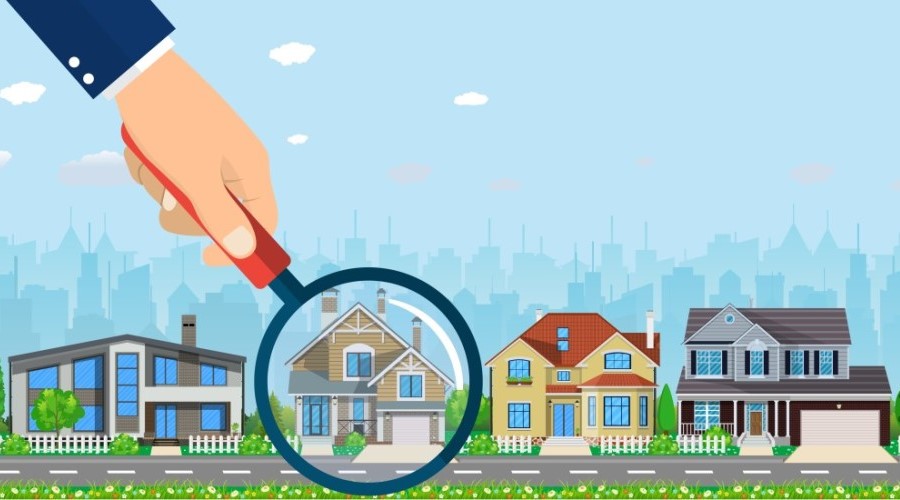



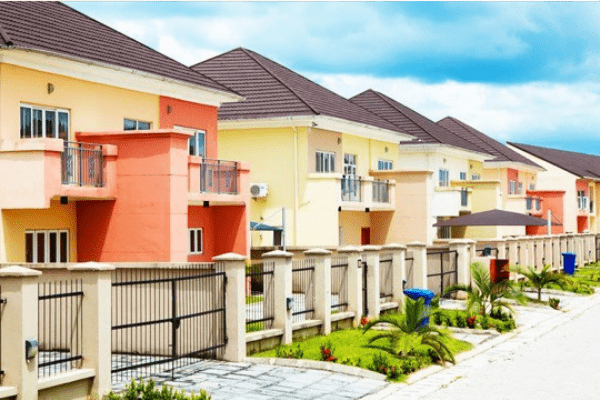

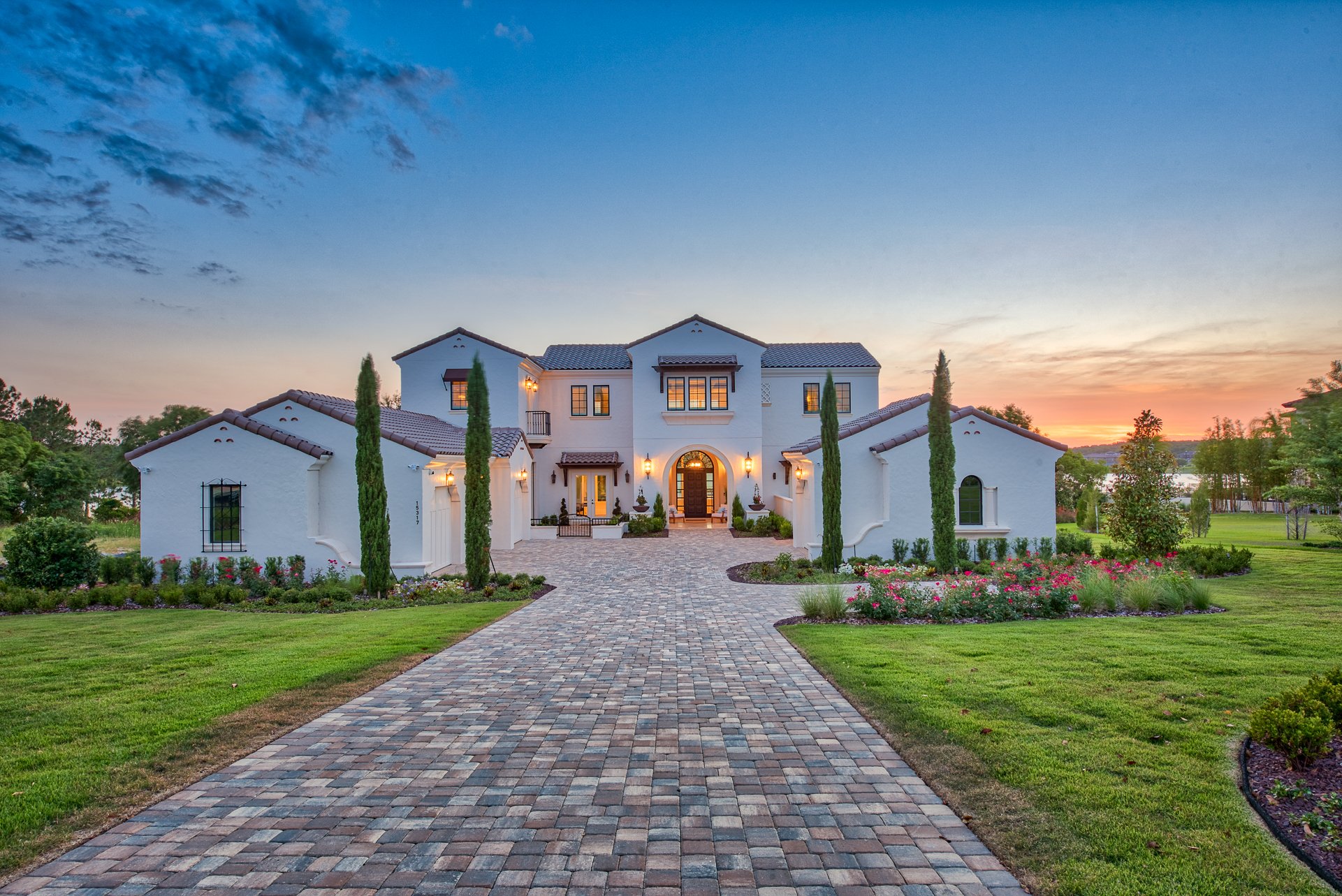

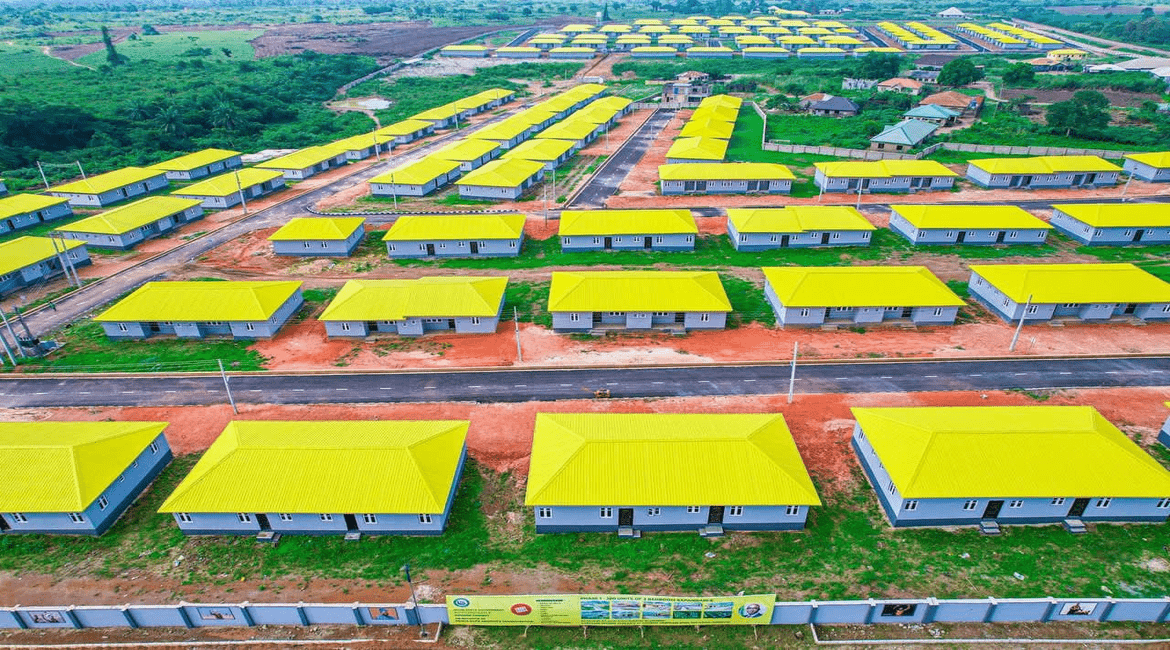




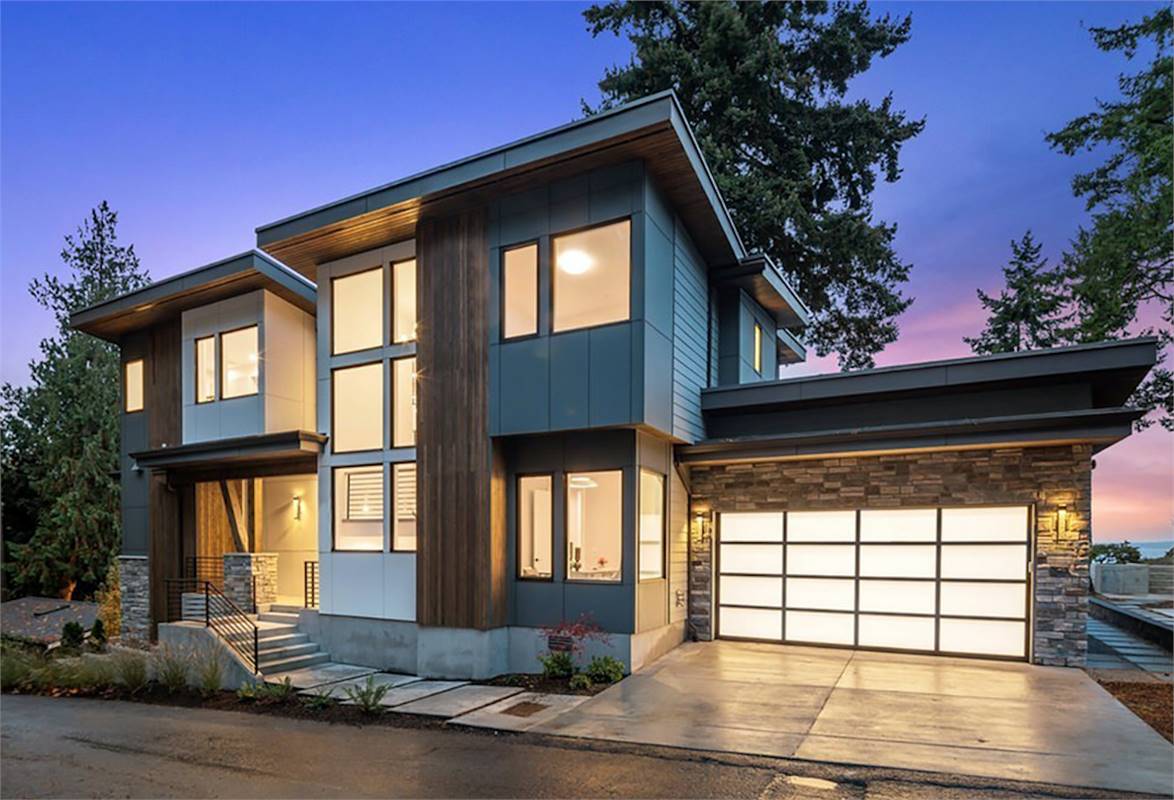

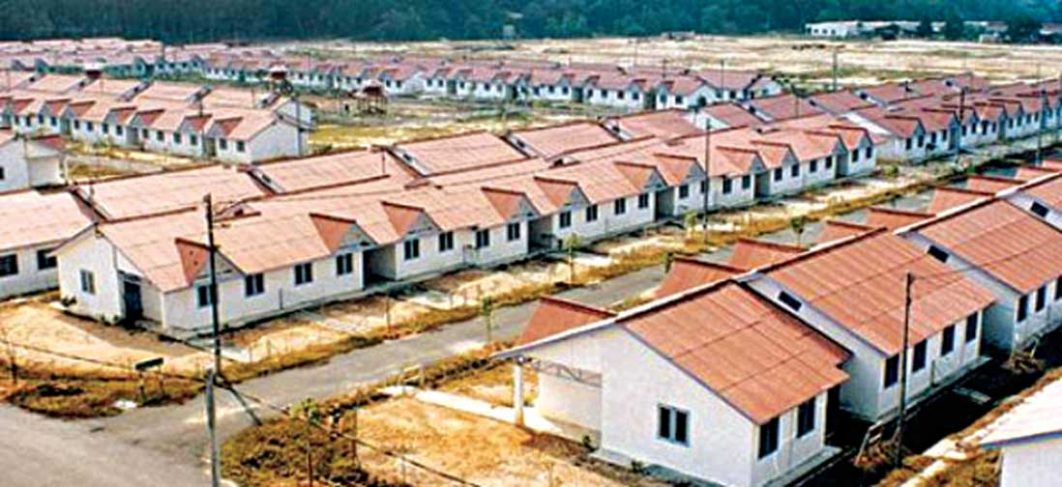




)






